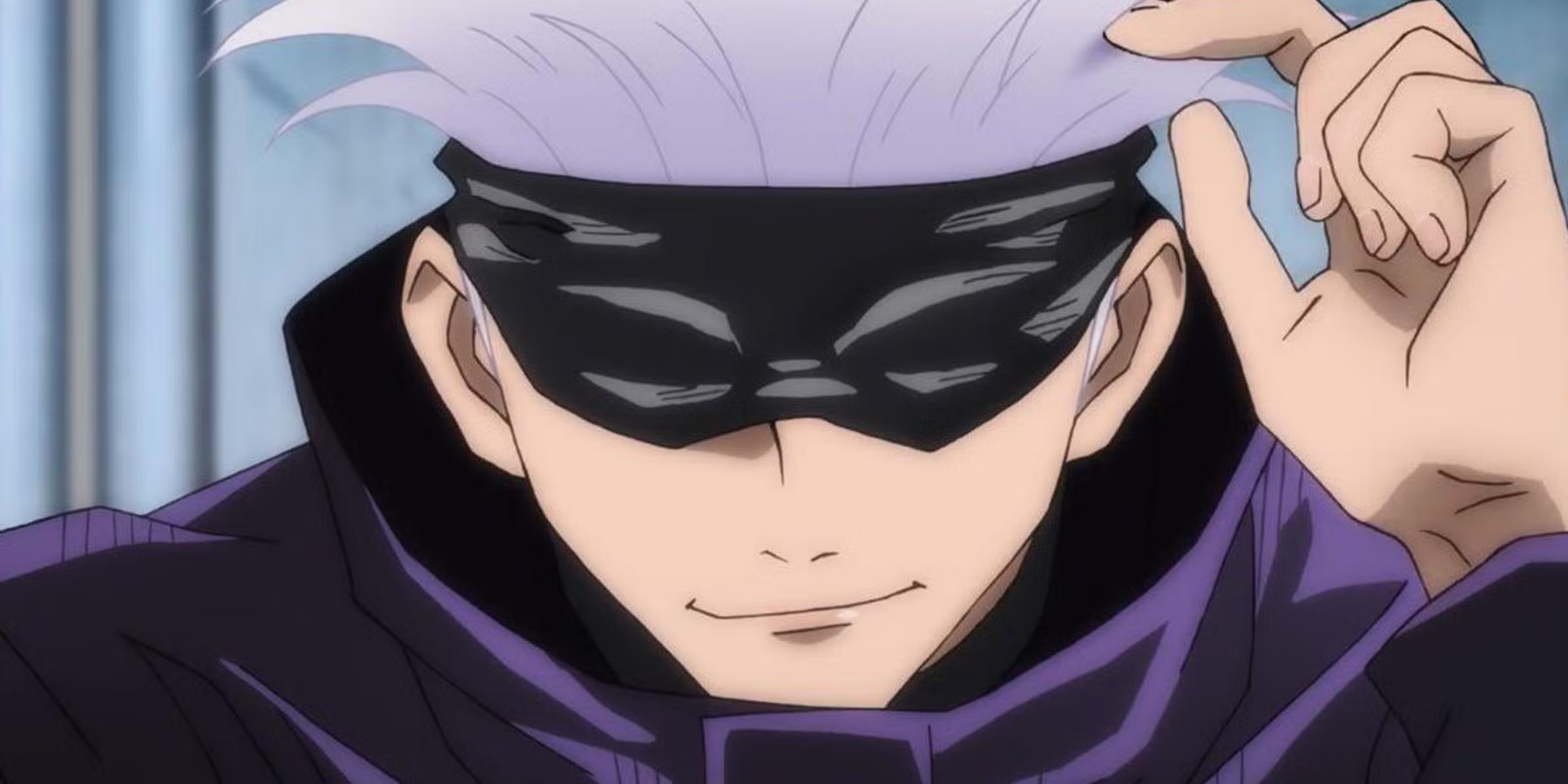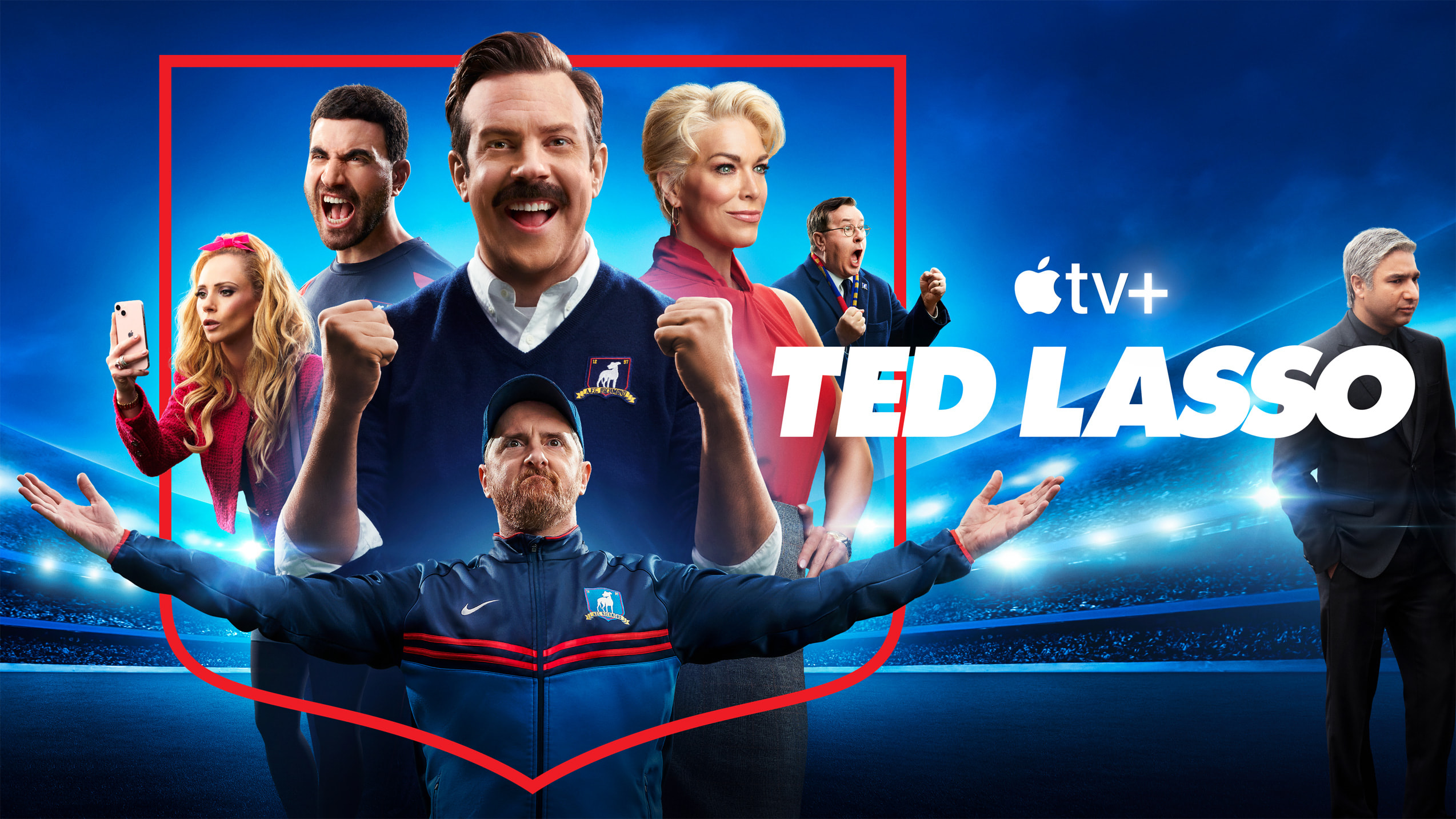Anime is a global phenomenon that transcends borders, languages, and identities. As fans from different backgrounds immerse themselves in its storytelling, they often form personal connections with the characters, finding reflections of themselves even in characters from vastly different cultures. One recurring internet debate that exemplifies this phenomenon centers around Gojo Satoru, a standout character from the hit anime Jujutsu Kaisen. The question that keeps popping up in social media circles and fan forums alike is: “Is Gojo Black?”
At first glance, this question may seem confusing or even misplaced. Gojo Satoru is, canonically, a white-haired, pale-skinned Japanese man. Yet the question persists—not necessarily in pursuit of a literal answer, but as part of a broader, nuanced conversation around racial identity, cultural vibes, and symbolic representation within fandoms.
In this article, we’ll explore this topic thoroughly, examining Gojo’s character traits, the origin of the “Gojo is Black” meme, fan-driven cultural associations, and the deeper social conversations around race, anime, and identity. Let’s unpack this multilayered question and understand why it resonates so strongly with so many fans—especially within the Black anime community.
Gojo Satoru: Who He Is and What He Represents
To understand why Gojo has become such a lightning rod for conversations about race and identity, we need to first dive into his character.
Gojo Satoru is a sorcerer and teacher at Tokyo Jujutsu High in Jujutsu Kaisen. Often referred to as “the strongest,” Gojo is a character of immense power and charisma.
He’s known for his arrogance (earned through unmatched strength), his sense of humor, his stylish demeanor, and his unwavering confidence.
Physically, Gojo is striking: tall, slim, with snow-white hair and piercing blue eyes. He typically wears a blindfold or dark shades, adding to his mystique.
He also has a devil-may-care attitude, speaks with sarcasm and flair, and never hesitates to flex his power or intelligence when needed.
On paper, Gojo is the embodiment of an idealized shonen character—strong, beautiful, mysterious, and witty. But as anime becomes increasingly global, the traits that define such characters are being viewed through new lenses—particularly by viewers in the West.
The Meme That Sparked the Debate
The phrase “Gojo is Black” first gained popularity online in a humorous, tongue-in-cheek manner. It was a meme, a cultural joke that took off on platforms like Twitter (now X), TikTok, and Reddit. Fans, especially Black anime lovers, began claiming Gojo as “one of us” not because of his literal ethnicity, but because of how he behaves and feels.
Gojo’s mannerisms, his confident swagger, his playful banter, and his effortlessly cool presence align with many elements of Black cultural expression. He embodies the kind of energy that’s often celebrated in Black communities: unbothered, charismatic, powerful, stylish, and fiercely individualistic.
The phrase “He’s invited to the cookout”—a cultural metaphor for someone being embraced by the Black community—became attached to Gojo. What started as a meme soon sparked conversations about identity, culture, and the power of representation in media.
Cultural Identification vs. Canonical Identity
So let’s address the obvious: canonically, Gojo is Japanese. Jujutsu Kaisen is written by Gege Akutami, a Japanese mangaka, and set in Japan. The character backgrounds, names, and locations are deeply rooted in Japanese culture. There is no explicit suggestion in the manga or anime that Gojo is Black or of mixed ethnicity.
However, canon is not the end-all-be-all when it comes to how fans interpret characters. Cultural identification plays a massive role in how people relate to fictional characters. While Gojo may not be Black in the literal, ethnic sense, he represents something that feels deeply familiar to many Black fans: confidence, resistance to authority, emotional depth, brilliance, and style.
Fans often reimagine characters through their own lived experiences and cultural frameworks. Just as people project their hopes and values onto superheroes or fantasy protagonists, they also seek reflections of their own culture and community in anime characters.
In that context, the statement “Gojo is Black” becomes less about race and more about resonance.
Why Gojo Feels Black to Many Fans
Let’s break down the qualities that lead many Black fans to feel a strong cultural alignment with Gojo:
- Swagger and Confidence
Gojo moves through life like someone who knows he’s the best—and he is. He backs up his cockiness with talent and skill. This kind of unapologetic self-assurance is often celebrated in Black culture, especially in music, fashion, and public personas. - Style and Presence
Gojo’s aesthetic is effortless. From his signature blindfold to his luxurious appearance when he drops the blindfold and reveals his mesmerizing blue eyes, everything about him screams icon. Fashion is deeply embedded in Black culture, and characters with a unique sense of style tend to be culturally embraced. - Rebellion Against Authority
Gojo openly criticizes and disrespects the Jujutsu higher-ups. He refuses to play by the rules and often bends them to do what he believes is right. This rebellious nature, rooted in integrity and protection of others, resonates strongly with narratives of resistance and independence in Black history and culture. - Charismatic Humor
Gojo is funny, flirty, and always quick with a joke or sarcastic remark. This brand of humor, often laced with cultural sarcasm, roasts, and wit, aligns closely with Black comedic stylings that fans recognize and appreciate. - Protective Energy
Though he jokes around, Gojo is deeply protective of his students. He wants to change the system so future generations won’t suffer like he did. This protective nature is similar to communal values found in many Black families and communities, where elders serve as guardians and educators.
The Role of Fan Art and Reimaginings
The idea of Gojo being Black is often reinforced by fan art and alternate character renditions. Black artists have taken to platforms like Instagram, Pinterest, and Tumblr to showcase their interpretations of Gojo with darker skin, afro-textured hairstyles, and urban fashion aesthetics.
These depictions are not meant to overwrite canon, but to celebrate cultural reimagination. They serve as artistic expressions of how characters can be seen through different lenses. Some of these fan interpretations of Gojo as Black have gone viral, attracting praise and sparking positive dialogue about creative diversity in fandoms.
These reimaginings aren’t just surface-level—they also often delve into emotional depth. For instance, a Black Gojo isn’t just drawn differently, he may be written with a different backstory, cultural heritage, or societal context. That fan-created content enriches the universe of anime by making space for diverse interpretations.
Representation in Anime: What’s Missing and What Fans Are Creating
Anime has long had a complicated relationship with racial representation. While some shows include characters of color (Afro Samurai, Carole & Tuesday, Bleach, Hunter x Hunter, etc.), many still shy away from meaningful or prominent Black characters.
This lack of representation leaves fans hungry for characters they can identify with. When a character like Gojo comes along—one that exudes the kind of qualities fans associate with Black excellence—it creates an opportunity for symbolic adoption. Fans say, “If the industry won’t give us Black characters, we’ll claim the ones we love.”
This speaks to the resourcefulness and creativity of Black anime fans. They don’t wait for permission—they reimagine, redraw, rewrite, and reclaim. And that’s powerful.
Black Cosplayers and the Gojo Phenomenon
One of the most exciting aspects of the “Gojo is Black” movement is how it’s been embraced by cosplayers—especially Black cosplayers. Representation in cosplay is often contentious, with POC cosplayers facing backlash for dressing as canonically non-Black characters.
But many Black cosplayers have beautifully portrayed Gojo, bringing him to life with their own style and personality. These cosplays are often met with overwhelming support online, reinforcing the idea that characters like Gojo transcend rigid racial categories.
It also empowers fans of color to feel seen and celebrated in a space where they’ve historically been marginalized.
What This Debate Says About the Anime Community
The “Is Gojo Black?” debate isn’t just about Gojo. It’s about the larger anime community reckoning with inclusion, race, and representation. As anime continues to expand globally, it must evolve to better reflect its diverse fanbase.
Anime fandoms have long been spaces of creativity, but also of exclusion. For years, Black fans have faced racism and erasure. Conversations like this one—though light-hearted on the surface—help bring those issues into the spotlight.
They show how deeply fans care about being represented, about seeing characters who reflect their experience, and about challenging the idea that cultural icons must look a certain way to be beloved.
Conclusion
At the end of the day, asking “Is Gojo Black?” is less about confirming facts and more about exploring feelings. Canonically, no—Gojo Satoru is not Black. He’s a fictional Japanese character with roots in a distinctly Japanese world.
But symbolically, culturally, and emotionally? Many fans feel like he could be. That’s the power of fandom—it allows people to make characters their own. Whether through memes, fan art, cosplay, or cultural parallels, Gojo has become more than just a character—he’s become a cultural phenomenon.
So, is Gojo Black?
Maybe not in ink and paper.
But in spirit? In vibe? In energy?
He just might be.
And for countless fans who see a little of themselves in Gojo’s power, humor, and defiance—that’s more than enough.
For more, continue to read at newsmetre.com














